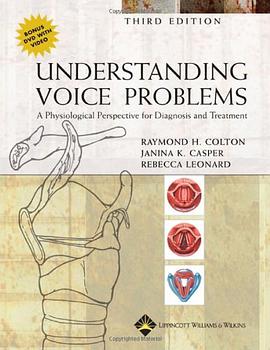

The 15 chapters in this volume deal with science, medicine, technology, disaster and hazard coverage by the media from the perspectives of sociology, psychology, philosophy, and journalism. Written for the "active" reader who is concerned about the issues and willing to begin the work necessary to bring about change, the volume suggests ways in which journalists, policy makers, and citizens can work to correct some of the more pervasive problems of media coverage of science. In her foreword, Dorothy Nelkin examines the images of science and technology that are conveyed through the media and discovers the dominant theme to be that of scientists as problem-solvers, authorities, and the ultimate source of truth. Scientists are seen as pursuing an arcane activity that is both above normal human understanding and beyond criticism. Nelkin ends her overview by posing two questions that the succeeding chapters address: why is science writing so uncritical of science, and why are scientists so critical of the press? The goal of the first segment of the book is the recognition that media coverage of science follows certain predictable patterns and that those patterns will not change unless journalists critically examine their work. The second half of the book looks at the decision-making process involved in judgments about what and how to publicize and what to keep secret.
具體描述
讀後感
評分
評分
評分
評分
用戶評價
相關圖書
本站所有內容均為互聯網搜索引擎提供的公開搜索信息,本站不存儲任何數據與內容,任何內容與數據均與本站無關,如有需要請聯繫相關搜索引擎包括但不限於百度,google,bing,sogou 等
© 2025 qciss.net All Rights Reserved. 小哈圖書下載中心 版权所有




















